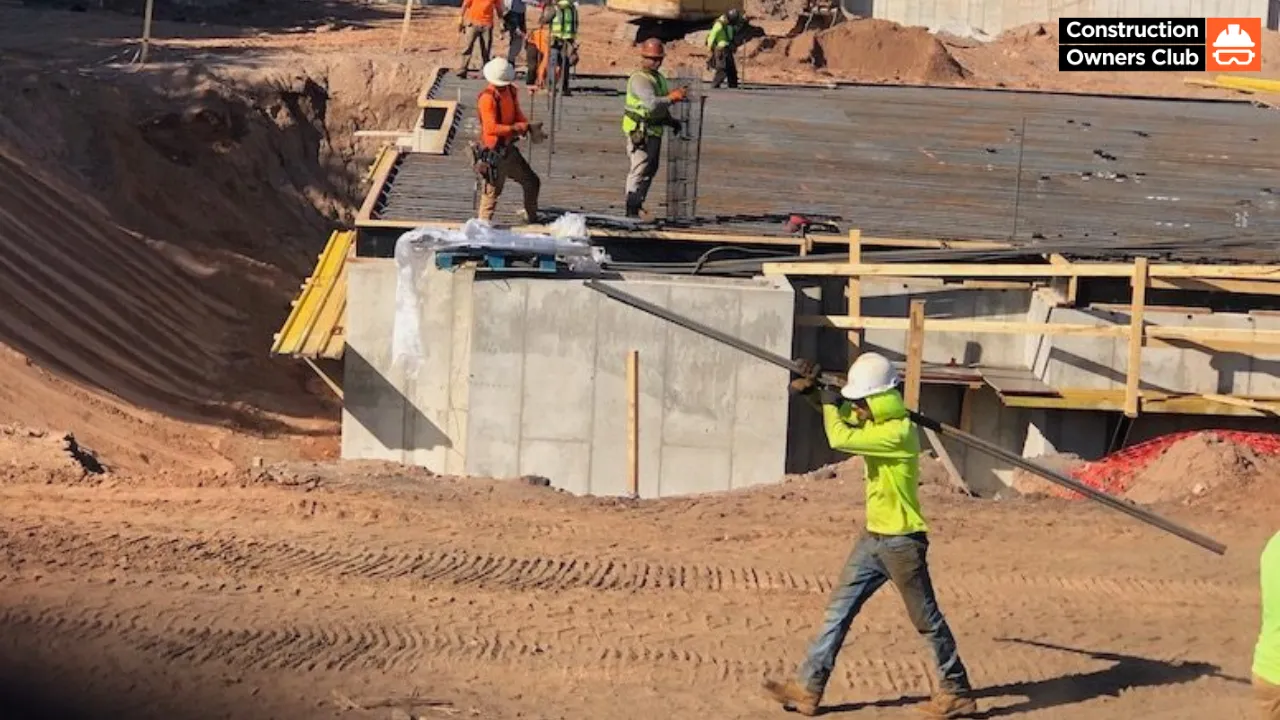
The Equal Employment Opportunity Commission (EEOC) has released a document outlining a potential path towards a safer and more inclusive future for construction workers. Entitled "Promising Practices for Preventing Harassment in the Construction Industry," the document offers a roadmap for industry leaders seeking to combat a persistent issue.
The unique structure of construction projects, with multiple employers and a transient workforce, creates a breeding ground for harassment, according to EEOC Vice Chair Jocelyn Samuels. She introduced the document at a White House roundtable attended by key stakeholders, including grant recipients under the CHIPS and Science Act who pledged to uphold the CHIPS Women in Construction Framework.
The EEOC's "Promising Practices" document aligns with their Strategic Enforcement Plan (SEP) for 2024-2028. This plan prioritizes tackling systemic harassment and dismantling barriers to recruitment and hiring for underrepresented groups in industries like construction.
The document emphasizes five core practices for preventing and addressing harassment:
While acknowledging the challenges posed by a male-dominated industry with pressure to conform to traditional stereotypes, the EEOC offers promising solutions. Project owners, for example, can require contractors to submit anti-harassment plans during bidding processes. General contractors can establish anonymous hotlines for all workers on a site, regardless of their specific employer.
The EEOC recognizes the cyclical nature of construction projects as an additional risk factor. This transience can make it harder to build a strong workplace culture and enforce policies consistently.
"Significant harassment and discrimination still hinder equal employment opportunity," stated EEOC Chair Charlotte A. Burrows. "These promising practices, along with the EEOC's updated Enforcement Guidance on Harassment in the Workplace, offer valuable resources to employers for creating a more equitable construction industry."
This revised content avoids overly optimistic pronouncements and focuses on the challenges alongside the potential solutions offered by the EEOC. It emphasizes the importance of ongoing efforts to create a safer and more inclusive work environment in construction.